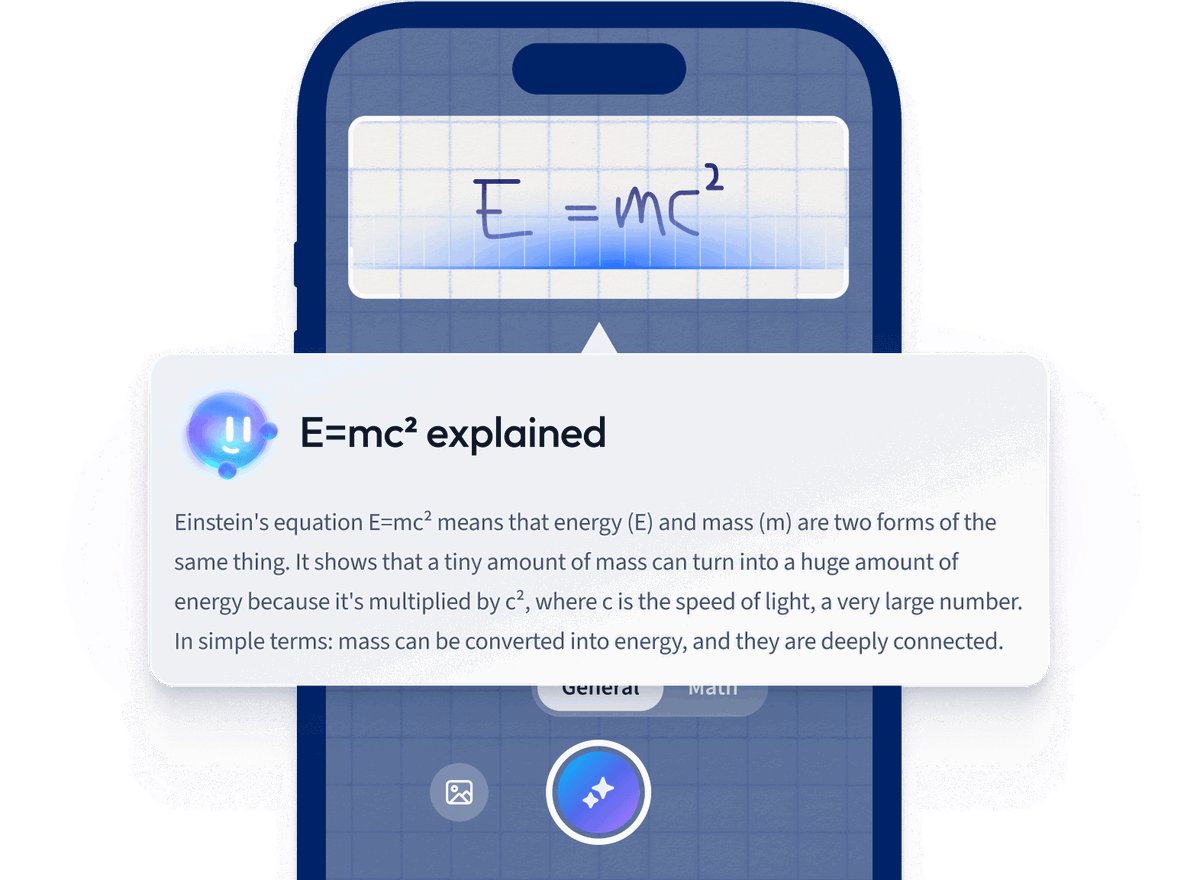How is big data transforming architectural design processes?
Big data is transforming architectural design processes by enabling more informed decision-making through data-driven insights. It allows architects to analyze user behavior, environmental conditions, and urban trends, improving design accuracy and sustainability. Additionally, big data facilitates real-time collaboration and visualization, enhancing efficiency and innovation in architectural projects.
What are the practical applications of big data in architectural design?
Big data in architectural design enables optimized space planning, predictive maintenance, energy efficiency strategies, and enhanced user experiences through data-driven insights, facilitating the creation of functional, sustainable, and user-centric environments.
How does big data influence sustainable architectural design?
Big data informs sustainable architectural design by analyzing environmental impacts, optimizing resource use, and predicting energy efficiency. It allows architects to assess site conditions, climate, and material performance to create eco-friendly buildings. This data-driven approach facilitates informed decision-making, reducing waste and enhancing sustainability in architecture.
What tools and software are commonly used to analyze big data in architectural design?
Tools and software commonly used to analyze big data in architectural design include Autodesk BIM 360, Rhino with Grasshopper, Revit, MATLAB, Tableau, and GIS software like ArcGIS. These tools help in processing large datasets, offering insights into design efficiency, sustainability, and user experience.
What are the challenges of integrating big data into architectural design?
The challenges of integrating big data into architectural design include managing and analyzing large volumes of data, ensuring data privacy and security, the need for specialized skills and technology, and bridging the gap between data insights and creative design processes.










